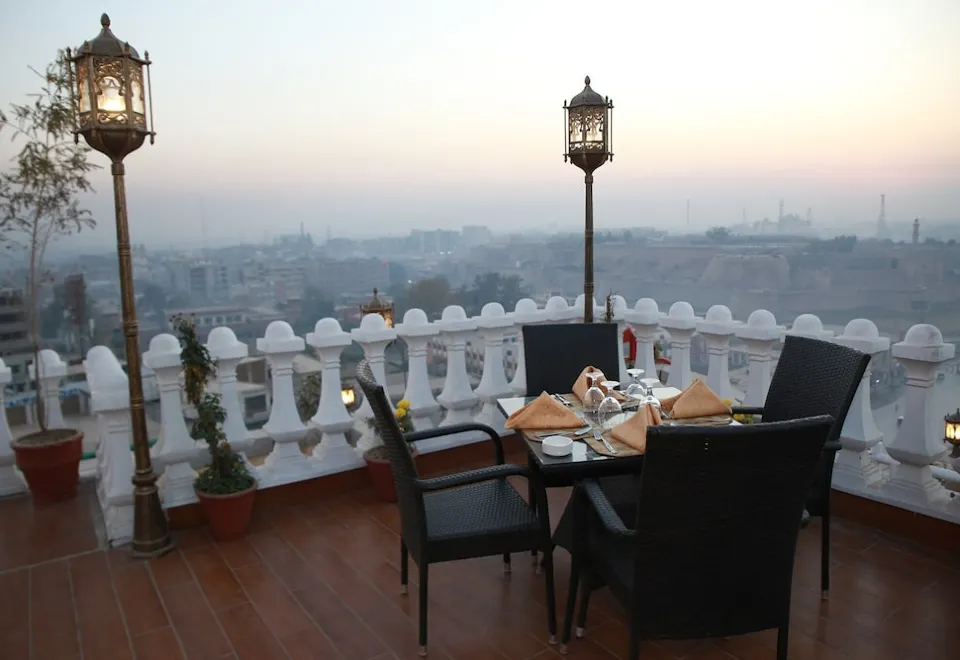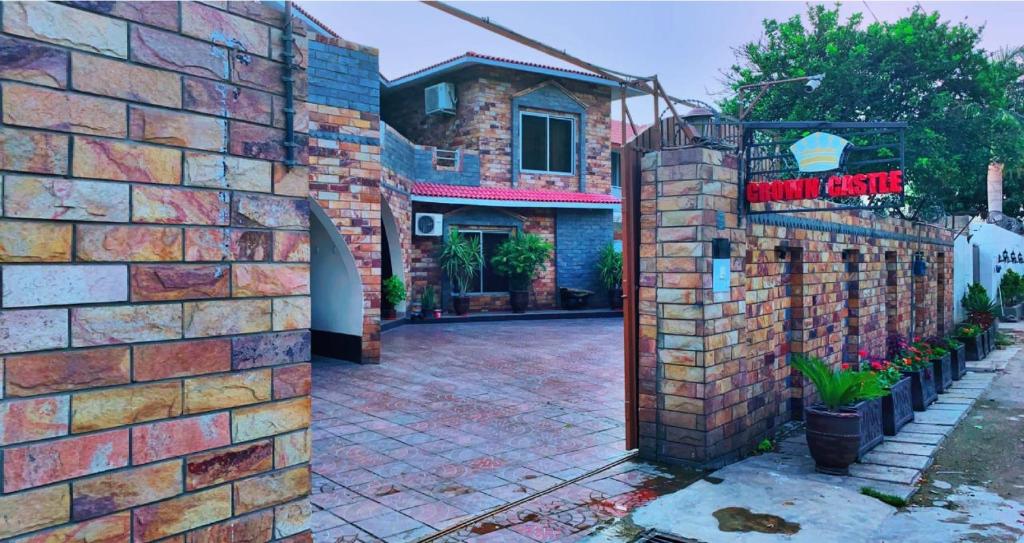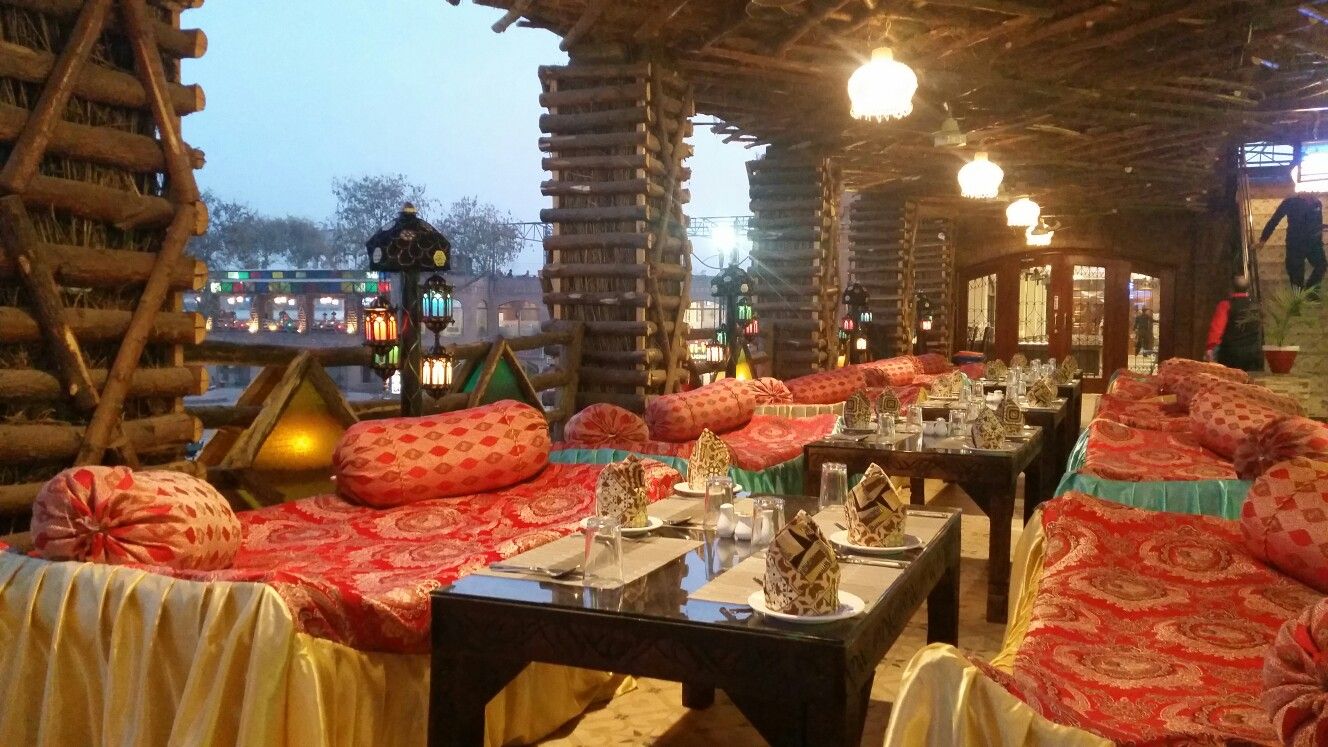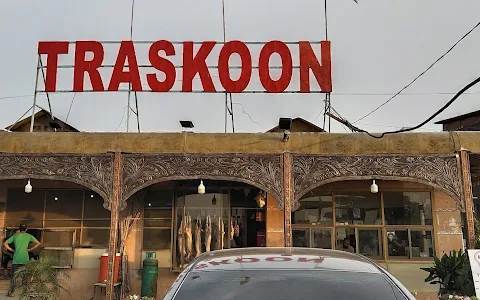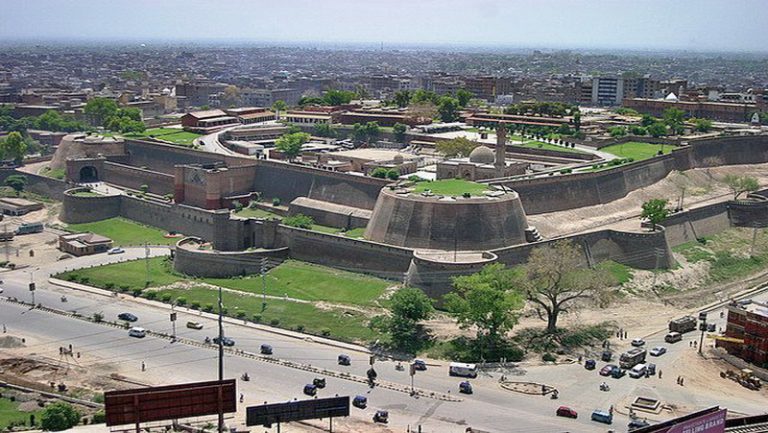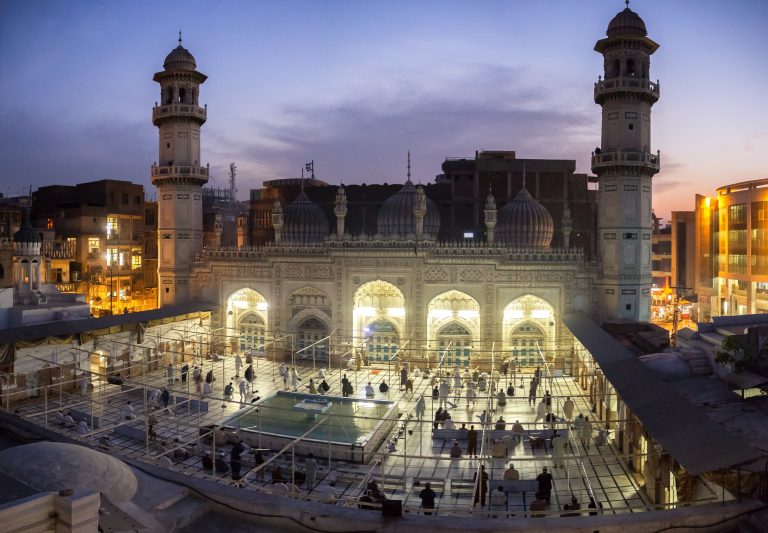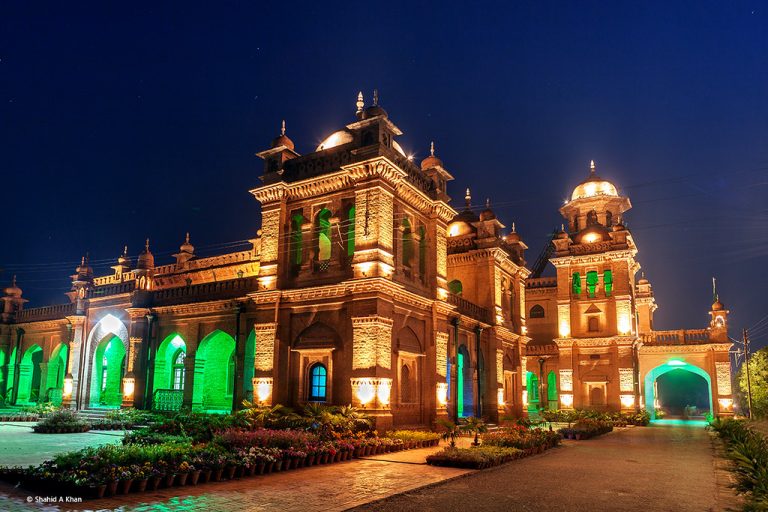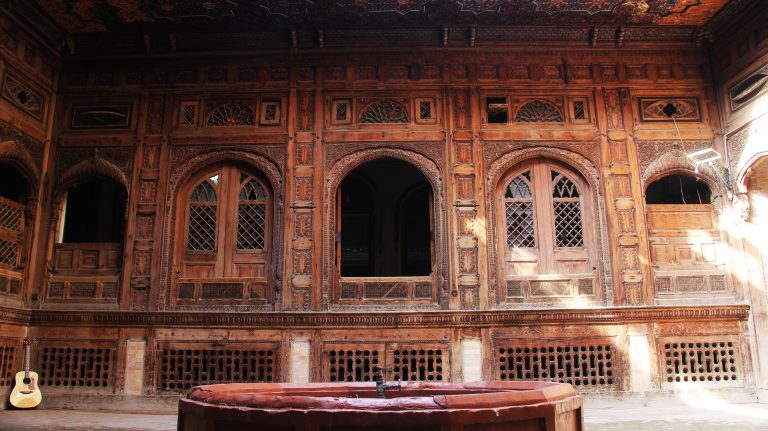About Peshawar
Peshawar is the sixth most populous city of Pakistan, with a population of over 1.97 million in the 2017 census. It is situated in the north-west of the country, lying in the Valley of Peshawar. It is the capital of the province of Khyber Pakhtunkhwa, where it is the largest city. Peshawar is primarily populated by Pashtuns, who comprise the second-largest ethnic group in the country. Situated in the Valley of Peshawar, a broad area situated east of the historic Khyber Pass, Peshawar’s recorded history dates back to at least 539 BCE, making it one of the oldest cities in South Asia. Peshawar also remained the capital of Gandhara civilization and is among the oldest continuously inhabited cities in the country.
The area encompassing modern-day Peshawar is mentioned in the Vedic scriptures; it was one of the principal cities of the ancient Gandhara. Peshawar served as the capital of the Kushan Empire during the rule of Kanishka and was home to the Kanishka Stupa, which was among the tallest buildings in the ancient world. Peshawar was then ruled by the Hephthalites, followed by the Hindu Shahis, before the arrival of a variety of Muslim empires. The city was an important trading centre of the Mughal Empire before becoming part of the Durrani Empire in 1747, after which it served as the Durrani winter capital from 1776 until the capture of the city by the Sikh Empire in 1823. In 1849, the city was captured by the East India Company and subsequently became part of British Raj, under whose rule it remained until the Partition of British India and subsequent independence of Pakistan in 1947.


